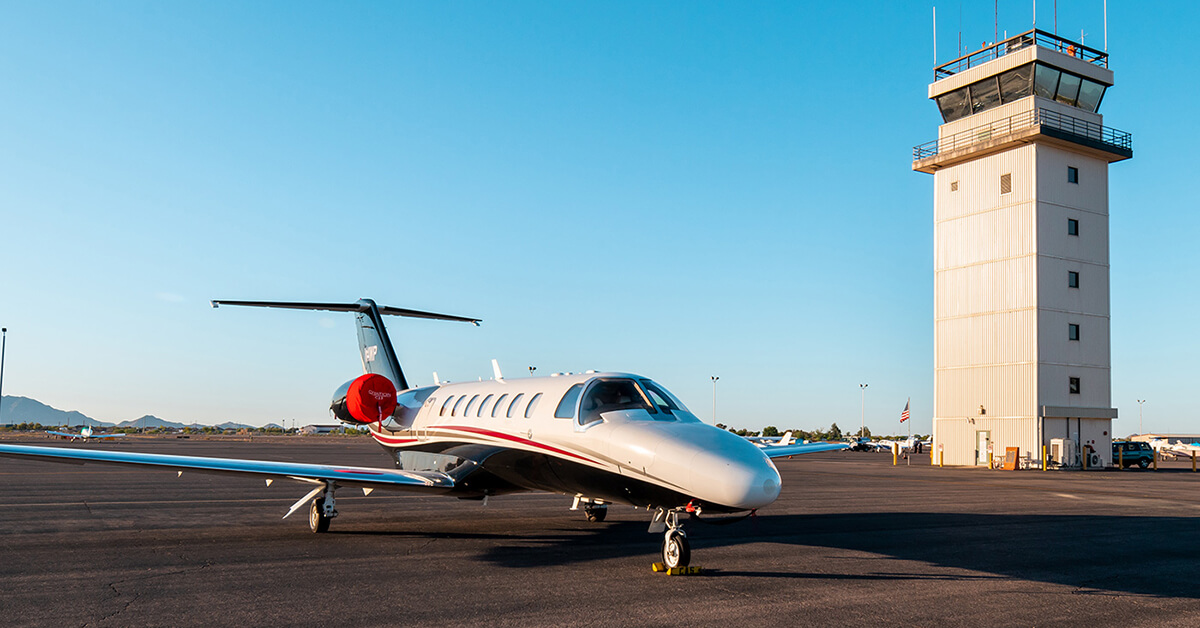
July 13, 2020
The renewed surge of COVID-19 cases across the country has once again led to closures of ATC facilities and the return of travel restrictions and quarantines at state and international levels. A July 10 NBAA News Hour webinar addressed the challenges posed from these situations to business aircraft operators.
NBAA Northeast Regional Representative Brittany Davies noted that New Jersey, New York and Connecticut have instituted a common travel restriction policy on persons arriving from 19 other states, requiring a 14-day quarantine on arrival.
“The requirements of that travel advisory do not apply to any individual passing through designated states for a limited duration, i.e., less than 24 hours,” she said. “A lot of our members [have said] that’s exactly what they needed to overnight from the crew standpoint.”
Other restrictions may be “unclear,” including state websites lacking written explanations of those requirements. “There are a lot of a lot of gray areas and a lot of missing information,” Davies said. “Things are very much in flux; they’re changing all of the time.”
NBAA Vice-President, Regulatory and International Affairs Doug Carr, who moderated the session, pointed to similar COVID-related complications in overseas travel, including various country-level restrictions and, in some cases, U.S. Customs & Border Protection facilities temporarily closed until later this year.
“Generally, foreign countries are not discriminating between types of air operations or types of arrival,” he said. “They’re focusing on where the passenger is coming from, and whether they have symptoms that should cause concern.”
Business aircraft operators may also encounter ATC tower and centers closures as those facilities are sanitized following confirmation of a positive COVID-19 case. Heidi Williams, NBAA director for air traffic services and infrastructure, noted more than 30 ‘ATC Zero’ events across the country over the past week.
“If there’s any good news out of that, the FAA has managed those [events] phenomenally in an effort to minimize the impact across the national airspace system,” she said. “In almost every event you’re getting the services that you need, transferred to an adjacent facility [or] the overlying center or TRACON.”
Further demonstrating the agency’s flexibility, Williams added that “at some facilities, crews have moved out of the [tower] cab or off the operations floor to their training facility and have continued operations almost seamlessly.” She also urged members to sign up for NBAA Airspace/Airport Alerts for the latest information ahead of their trip.
“The challenges that COVID is applying to our basic airspace infrastructure really makes flying today a very dynamic situation,” Carr said “It’s reassuring to know when you hit the push-to-talk button that somebody is always there, they’re focused as much as we are, and they have redundancy capabilities.”


 International Business Aviation Council Ltd.
International Business Aviation Council Ltd.